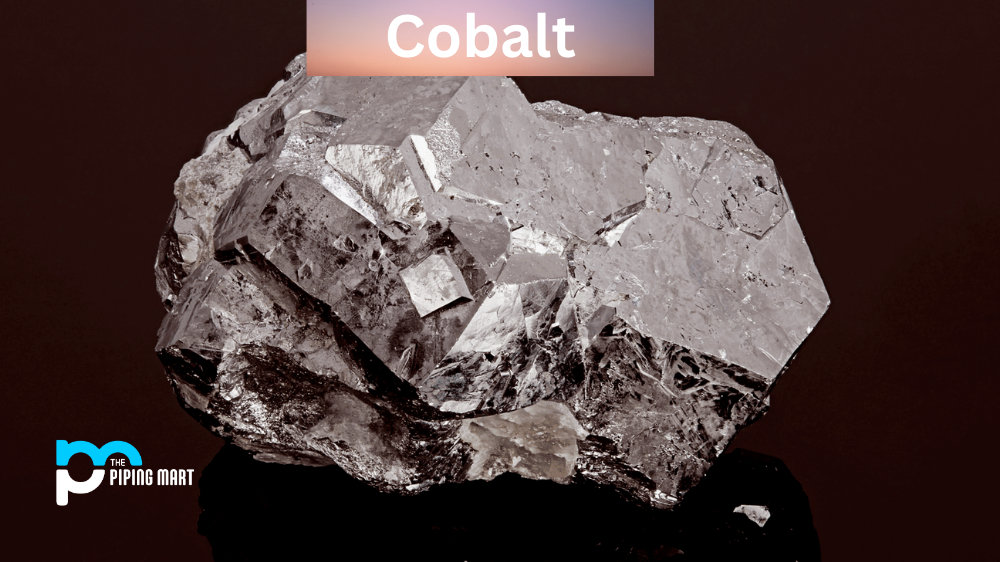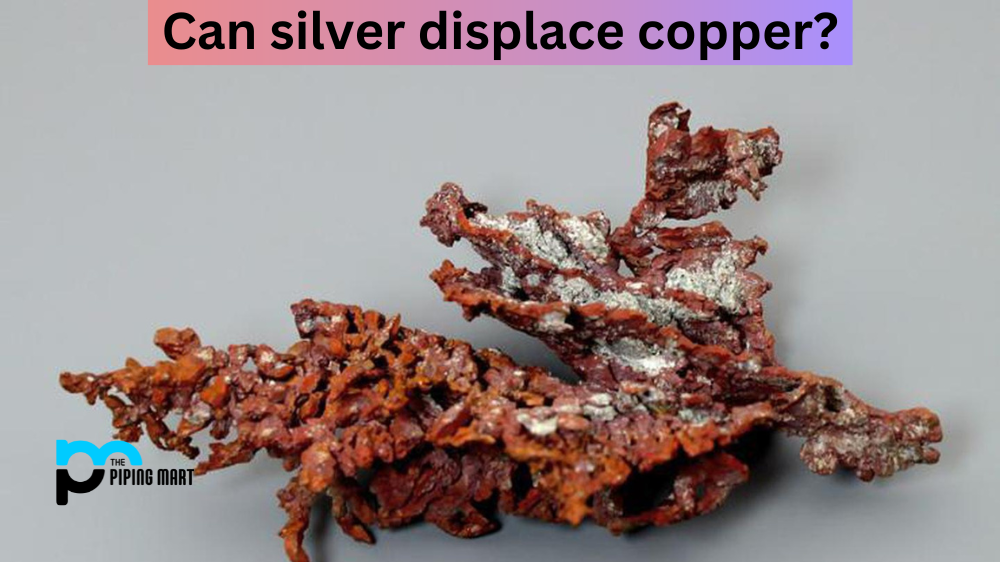Cobalt is a silver-gray metal found in abundance around the world. It’s used extensively in industrial applications and is the primary element used to make rechargeable batteries, magnets, and alloys like stainless steel. While Cobalt has many advantages, it also has some drawbacks. Let’s explore both sides of this powerful metal.
Advantages of Cobalt
Cobalt is highly useful because it’s extremely durable and resistant to corrosion, even in extreme temperatures. This makes it ideal for use in industrial tools, as well as automotive parts like spark plugs and piston rings. It’s also an important element of superalloys like Inconel and Hastelloy, which are used for everything from nuclear reactors to aircraft engines. Additionally, Cobalt is an essential component of rechargeable batteries found in everyday electronic devices such as smartphones, laptops, and tablets.
High Strength and Hardness
One of the primary advantages of cobalt is that it is a very strong and hard metal. It is often used in applications where high strength and hardness are required, such as in drill bits and cutting tools. Cobalt is also resistant to wear and tear, making it ideal for use in high-stress environments.
Good Thermal and Electrical Conductivity
Cobalt also has good thermal and electrical conductivity. This makes it useful for a variety of applications, such as in electrical batteries and superconductors. Additionally, cobalt’s thermal conductivity makes it an ideal metal for use in heat exchangers.
Corrosion Resistant
Another advantage of cobalt is that it is highly resistant to corrosion. This makes it an ideal metal for use in environments where corrosion would be a problem, such as in saltwater or high-acidic environments. Additionally, cobalt’s resistance to corrosion means that it has a long lifespan, which can save money over time.
Non-toxic
Cobalt is also non-toxic, making it safe for use in a variety of applications. This is especially important in applications where human contact is likely, such as in cookware and medical implants. Additionally, cobalt’s non-toxicity makes it an environmentally friendly option.
Affordable
Finally, cobalt is relatively affordable compared to other metals with similar properties. This makes it a good option for those on a budget or for applications where cost is a major consideration
Disadvantages of Cobalt
One disadvantage of Cobalt is its high cost; due to its scarcity and the intensive refining process required to extract it from ore deposits. Additionally, mining for Cobalt can have a negative impact on local environments due to water contamination from runoff that contains metals like arsenic and lead. Furthermore, 80% of the world’s cobalt supply comes from the Democratic Republic of Congo (DRC), where child labor is commonly employed in cobalt mines—making it an ethical issue that needs to be addressed by companies who use Cobalt in their products or processes.
Limited Availability
Cobalt is a relatively rare element, which means that it is not always easy to find or procure. This can be a problem for companies or industries that rely on Cobalt for their products or operations.
High Price
Because of its limited availability, Cobalt is also quite expensive. This can make it cost-prohibitive for some companies or individuals to use Cobalt in their products or projects.
Health Concerns
Exposure to high levels of Cobalt can be dangerous to human health. Cobalt exposure has been linked to various health problems, including cancer, respiratory problems, and birth defects. Therefore, it is important to be aware of the risks associated with cobalt exposure and take steps to avoid it.
Environmental Concerns
Cobalt mining can also have a negative impact on the Environment. The mining process can release harmful toxins into the air and water, which can pollute the surrounding area. Additionally, cobalt mining often takes place in developing countries where environmental regulations are not as strict, which can further exacerbate the problem.
Political Instability
Many of the countries where Cobalt is mined are politically unstable, which can make it difficult to obtain a consistent supply of the element. This instability can also lead to higher prices for Cobalt as demand outstrips supply.
Conclusion:
Although there are some drawbacks associated with using Cobalt, such as cost, environmental concerns, and labor issues, when responsibly sourced, it can be an incredibly useful material with a wide range of applications across multiple industries. Companies should take steps to ensure they are using responsible sources for their materials so they can enjoy the advantages while mitigating any potential disadvantages. Ultimately, understanding both sides will help you make more informed decisions about whether or not you should use Cobalt for your project or product needs.

A passionate metal industry expert and blogger. With over 5 years of experience in the field, Palak brings a wealth of knowledge and insight to her writing. Whether discussing the latest trends in the metal industry or sharing tips, she is dedicated to helping others succeed in the metal industry.




